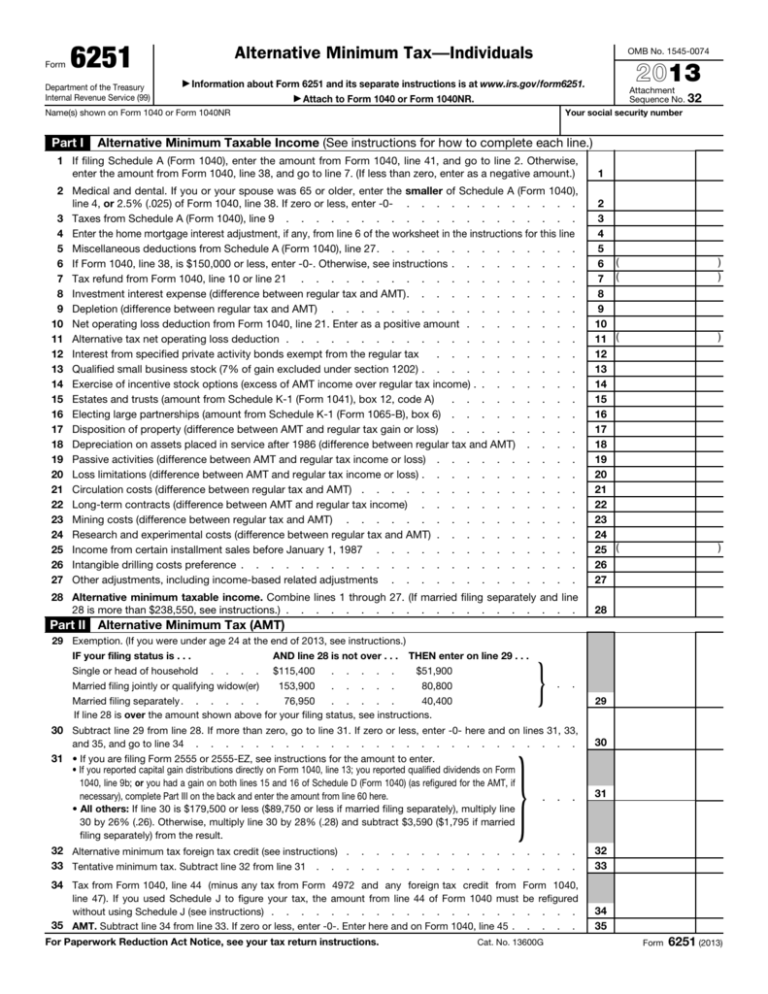

The AMT created economic inefficiencies, increased tax burdens and complexity, and saw declining tax revenues over time.įurthermore, the AMT originally included a third level of tax calculation, known as the Business Unreported Reported Profits (or BURP) adjustment, where companies had to then add half of the difference between a firm’s book income, reported on financial filings, to their new alternative minimum income taxable income. Instead of taking that direct approach, the AMT required corporations to calculate their income tax liability twice, once using the tax code and once using an alternative calculation for tentative AMT, and pay whichever was largest. It was ultimately repealed in 2017 after the corporate AMT underwent numerous tweaks and reforms. The corporate alternative minimum tax was first introduced in the Tax Reform Act of 1986 (TRA86) in response to arguments that are echoed by some today: publicity around a phenomenon in which very large firms with significant accounting earnings were paying little or no tax. The AMT was thus designed to prevent specific companies from using enough tax breaks to face zero tax liability in a given year while reporting an accounting profit.

The 30-year experience with a corporate AMT shows it is not a good solution: if tax breaks are poor policy, they should be repealed directly if they are sound policy, all eligible taxpayers should be able to take full advantage of them. The Inflation Reduction Act (IRA) may be smaller than the proposed Build Back Better legislation from 2021, but both sets of legislation propose a reintroduced corporate alternative minimum tax (AMT).


 0 kommentar(er)
0 kommentar(er)
